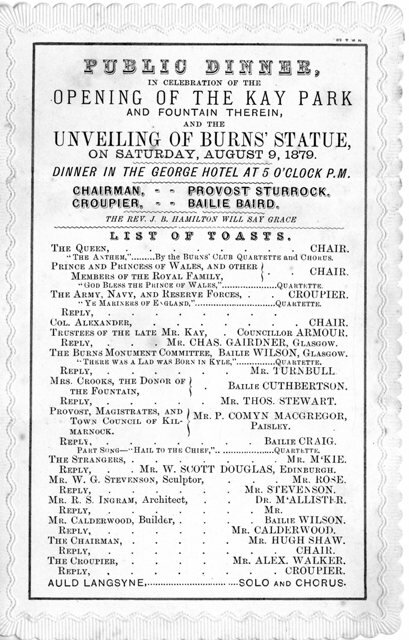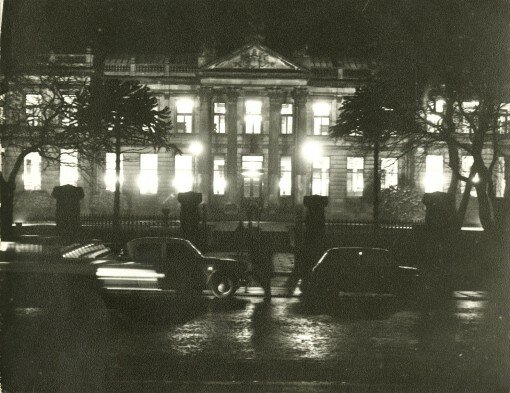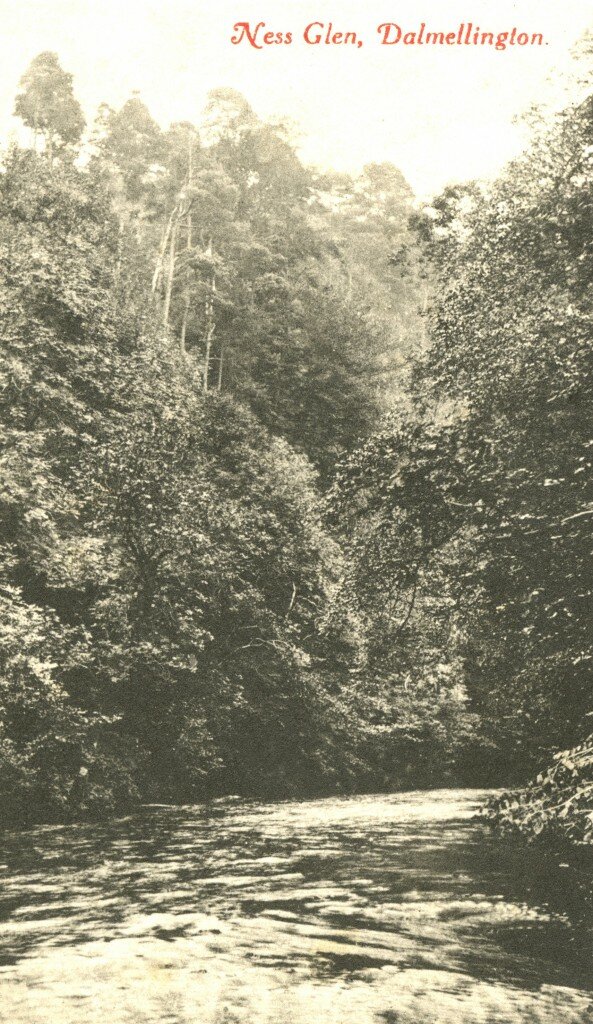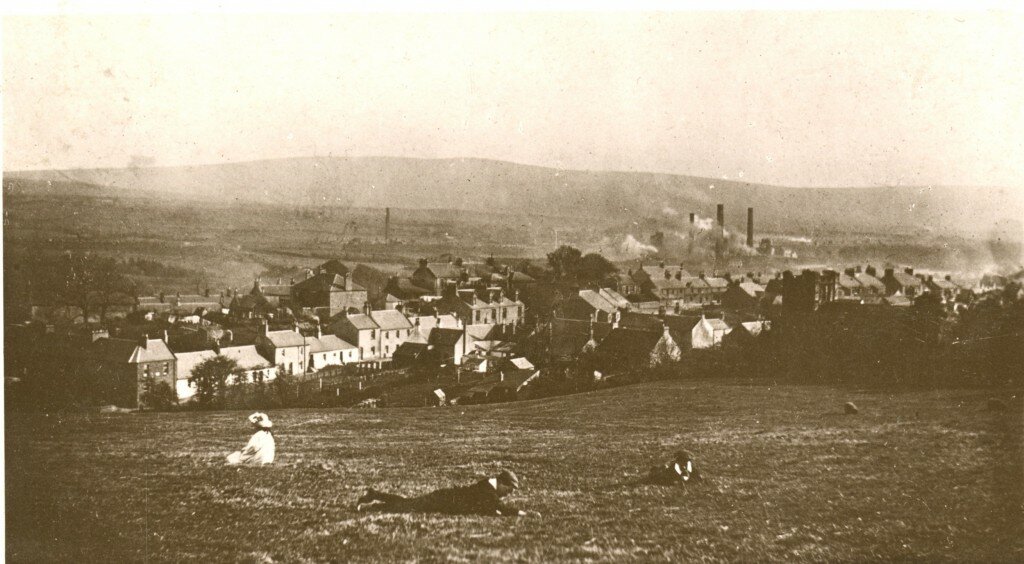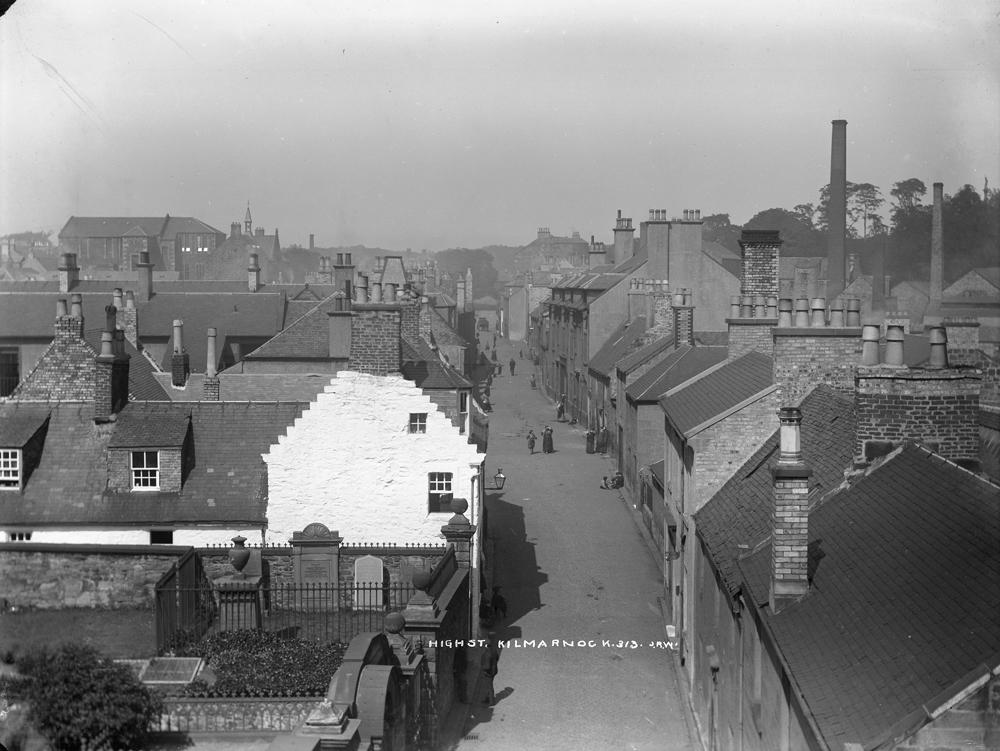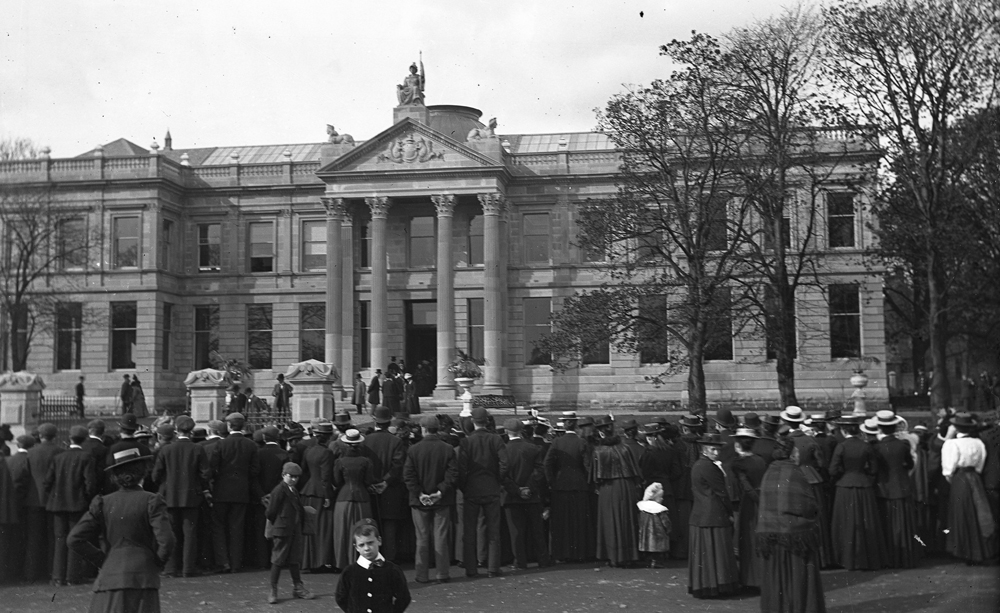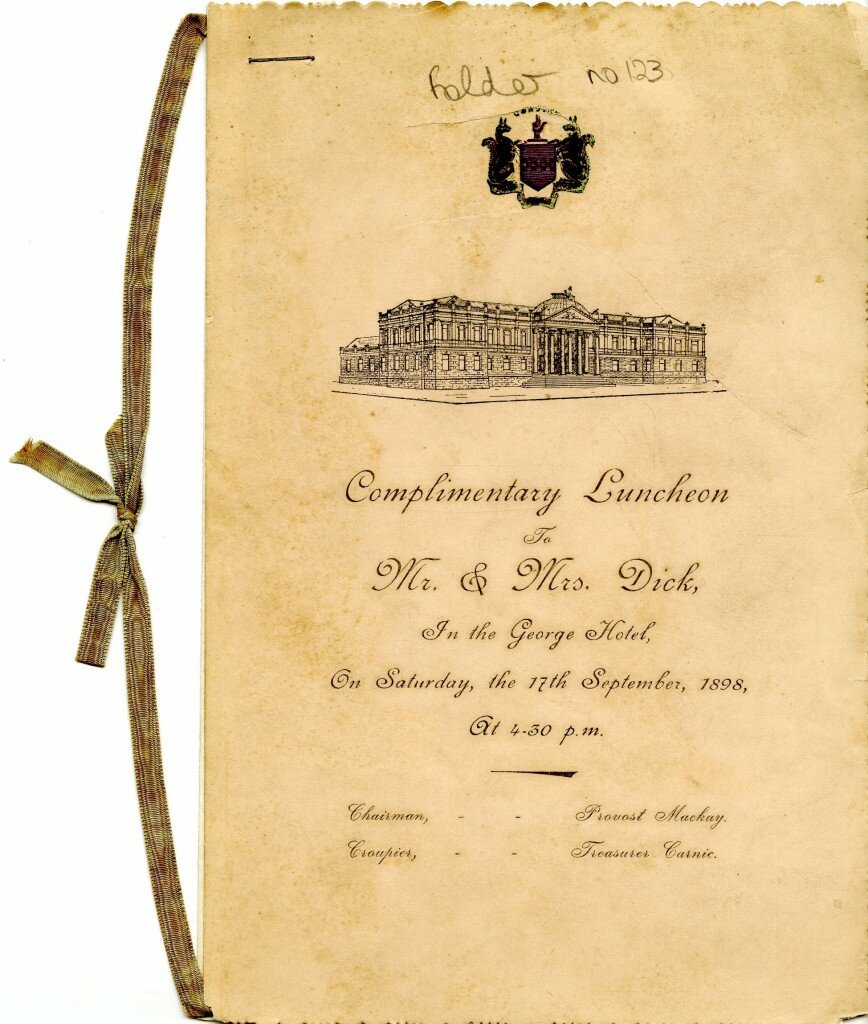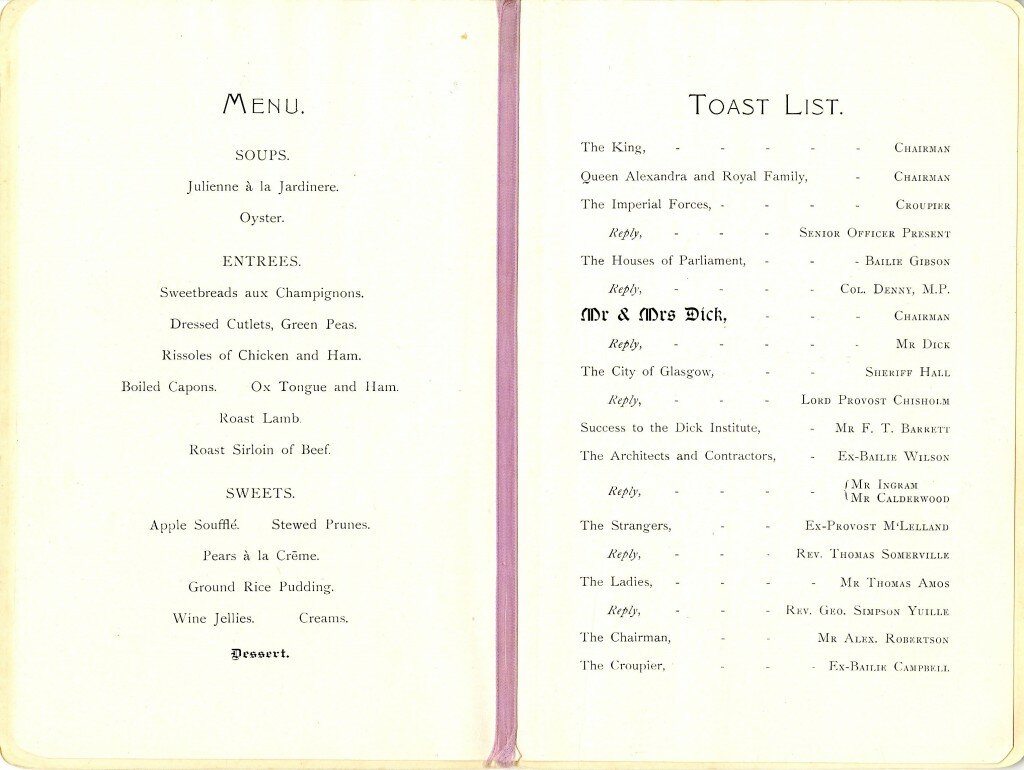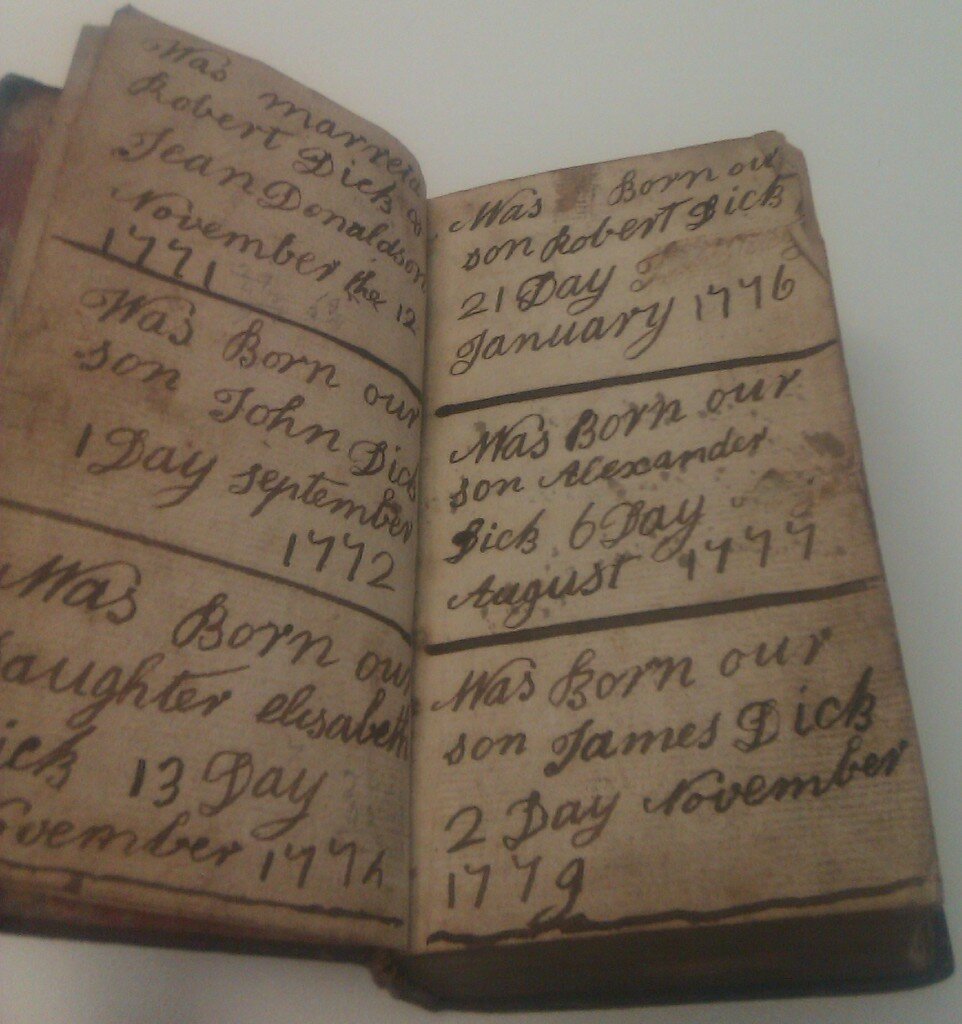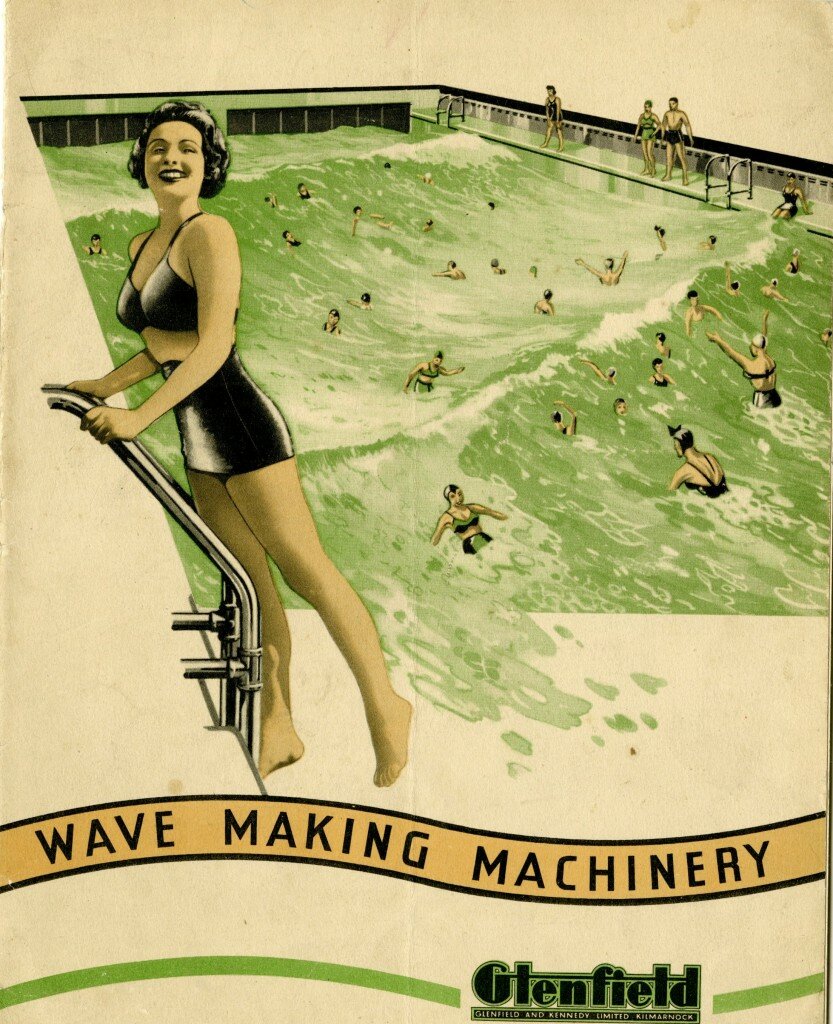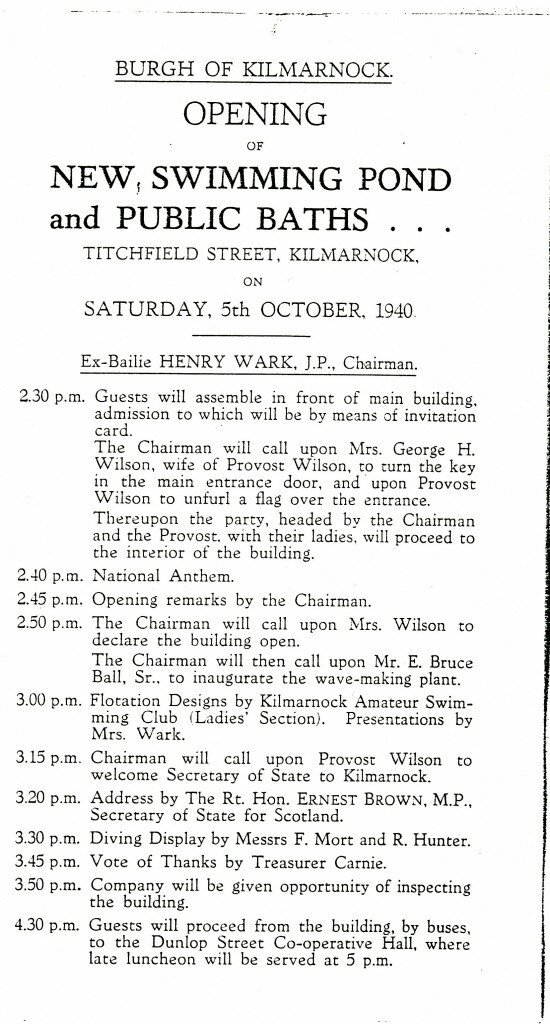We recently participated in East Ayrshire’s Creative Minds Learning Network event, showcasing some of the creative learning opportunities available at the Centre. Our Heritage Arts and Creative Learning CPD event in February attracted a lot of advance attention – we plan to have a fun session where teachers and other education partners can see the kind of resources and activities they can be involved in.
The centrepiece of our showcase was our Kilmarnock Heritage Arts Day, July 2012. This was a partnership between the Centre staff (local history, registration and archive) and the Creative Minds team. It was a fantastic day, which the young people enjoyed immensely. They learned about the history of the Kay Park and used the missing Kay Park Fountain as the basis of their art activity.
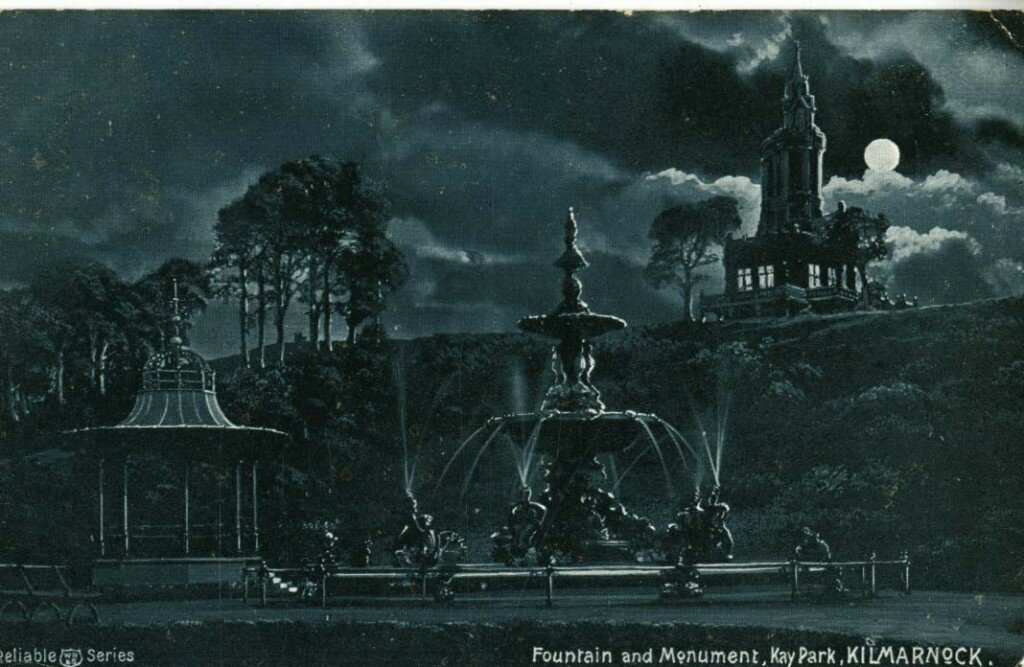
Guest visual artist Gemma Coyle worked with the kids to produce this amazing reproduction of the original fountain -
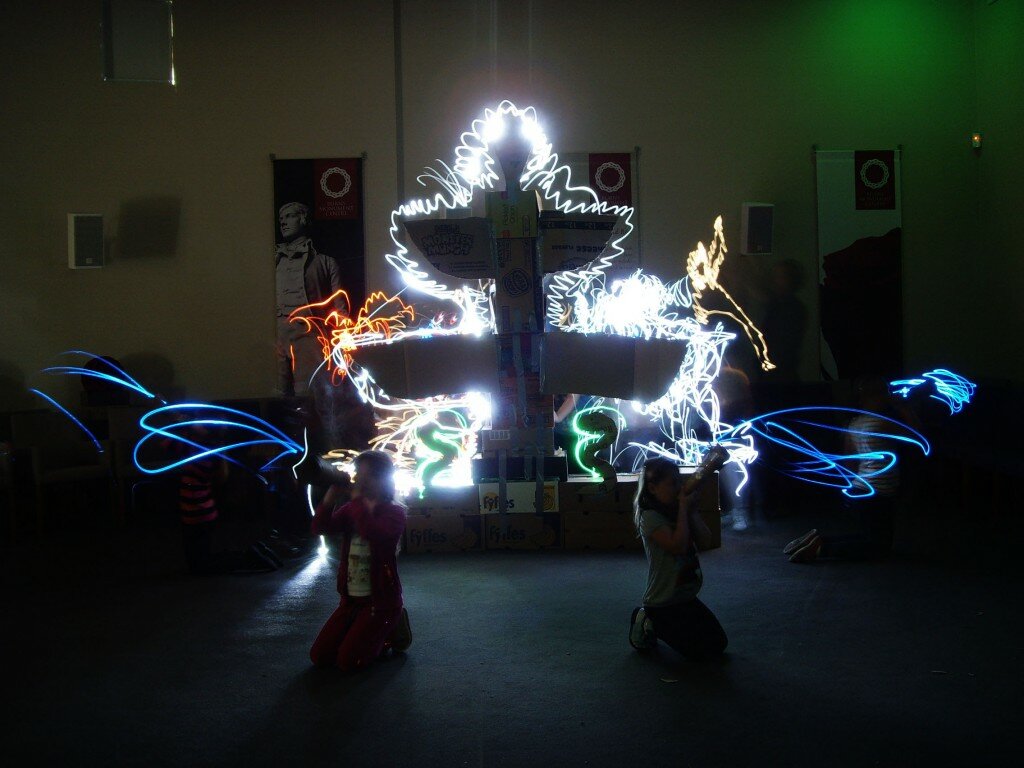
They also acted out a mock wedding, explored the archive store, and discovered lots of original documents, photographs, letters and newspaper articles from the period of the opening of the Kay Park and Burns Monument in 1879.
